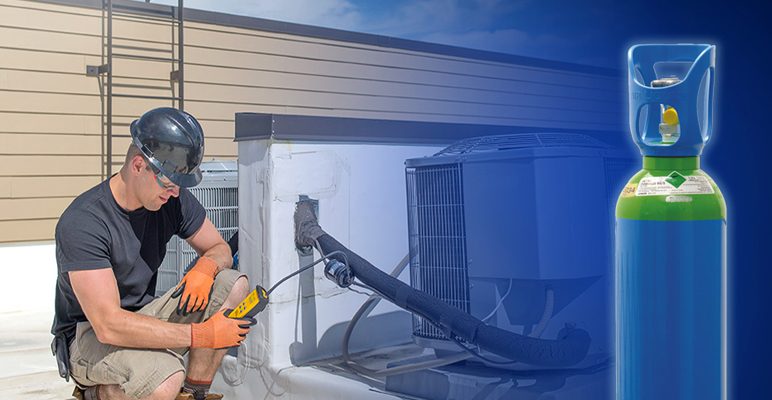The byproducts of burning natural gas are carbon dioxide, water vapor, and trace quantities of nitrogen oxide, making it the cleanest fossil fuel on earth. Many consumer goods, such as stoves, dryers, fireplaces, and furnaces, also power natural gas. Your appliances probably at least one of them relies on natural gas.
Is Using Natural Gas in the Home Safe?
Although using natural gas emits some greenhouse gases, it is still a more environmentally friendly option than using other fossil fuels. To determine if gas power is appropriate for your house, compare gas vs. wood-burning fireplaces or electric vs. gas water heaters.
But natural gas is an explosive substance. A natural gas leak in a home might result in a fire, and breathing it in could poison you with natural gas. Similar to how electricity, gas, and other potentially dangerous energy sources should all be used with prudence, it is crucial to exercise caution while around natural gas.
Gas Leaks Trace and Repair
Leaks might result from mistakes made when installing gas lines or from outdated appliances and pipes. Every year, get your pipes and appliances examined.
Typically, there is no price for the service. Educating yourself and your family on natural gas safety is one thing you should do if you use gas. Remember what to search for in case of a leak or if someone exhibits signs of gas poisoning.
Symptoms of a Gas Leak in Your House
- Unclean Egg Smell
Gas firms combine natural gas with a chemical called Mercaptan to give it a distinctive fragrance. Families will find it simpler to see a gas leak in its early stages. If you notice a sulfurous or rotten egg-like smell, you must be vigilant for this frequent gas leak warning. Grab your kids immediately and go to a neighbor’s house to call a licensed HVAC or plumber in your region.
- Houseplants in poor health
There won’t be enough oxygen for breathing in your home if a gas leak stays unnoticed for a long time. Consequently, you could start to notice signs like sickly or dead houseplants in your dining room, bedroom, or kitchen. Gas leaks of varying severity don’t just impact plants.
- Illness and exhaustion
Exposure to a gas leak in your home or apartment might result in fatal symptoms, including lethargy, nausea, suffocation, and headaches. Call an ambulance immediately if you have strange or sickly symptoms so they may be checked for gas poisoning.
- Dead Bushes and Grass
Natural gas is supplied to your home’s extensive network of gas pipelines, which power your appliances and hardware. Gas will leak into the air and absorb oxygen if a gas line buried in the earth cracks. Your yard will grow grass and plants if there is insufficient oxygen. Yellow grass and dead leaves on your shrubs are visible signs of Gas Leaks Trace and Repair.
- Angered Skin
Some people may start experiencing skin irritability signs due to a gas leak concealed behind a wall or ceiling. Blisters or numbness may be brought on by an extreme quantity of natural gas in the air. Carbon monoxide exposure over an extended period can also result in skin discoloration and other issues.
- Colorless Flames
When a gas furnace is turned on, it is designed to generate a scorching blue flame. A yellow flame might indicate that your appliance has a ventilation problem. It would be best if you spoke with a specialist to determine whether your home has a gas leak.
Conclusion
Both humans and animals experience the physical symptoms and indicators of natural gas leakage. Despite the rarity of these breaches, continued exposure to natural gas can be dangerous and have long-lasting repercussions. People must be informed about natural gas safety and conscious of the symptoms of carbon monoxide poisoning, and you need to use Gas Leaks Trace and Repair.









Comments